The surface of Venus sounds like Hell. It’s intolerably hot (almost 465°C) and peppered with mountains and volcanoes that reach up towards clouds of sulphuric acid. Clouds are blown across a murky yellow sky by high-speed winds, streaming through an atmosphere under intense barometric pressure –roughly equivalent to being 1,500m under water.
For exploratory rovers and probes, Venus might as well be Hell. It’s where we send landers to die. The conditions are so extreme – so hostile, in fact – that mission durations are measured in minutes not months.
The reason for this is simple: Venus kills electronics. Or, more specifically, its heat does.
The most robust commercially available electronics can’t handle temperatures above 125°C, a fraction of what they’d face on Venus.
Of the handful of landers that have made it to the planet’s surface, only three (Russia’s Venera 11, 12 and 13) have lasted longer than an hour.
Compare this to Mars rovers, including NASA's new Perseverance rover, which last for years on the surface of the Red Planet.
- Read our guide: facts about the planet Venus
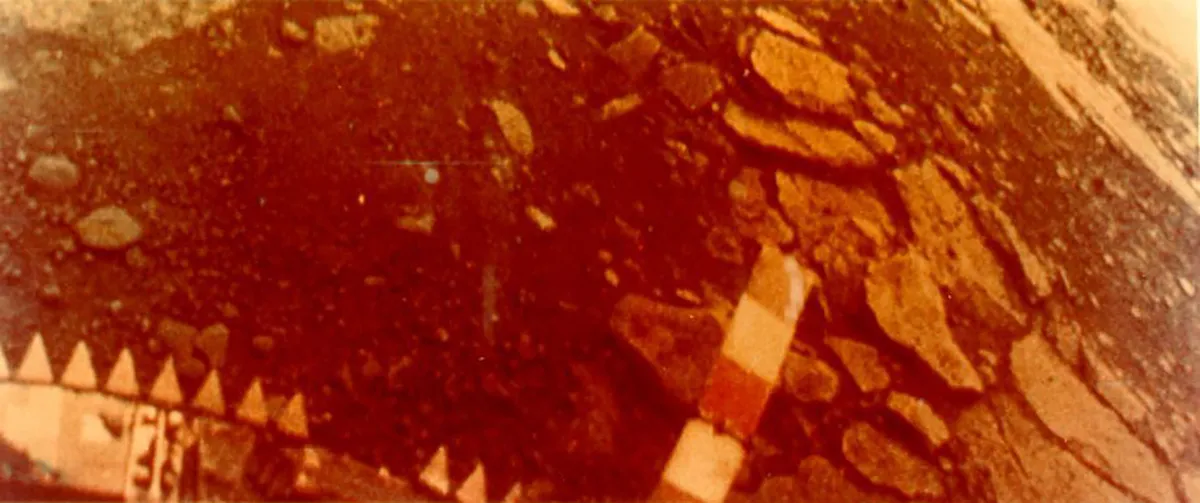
But Dr Jonathan Sauder of NASA’s Jet Propulsion Laboratory (JPL) in California believes he can do better than that.
He thinks his team can build a rover that’s capable of withstanding the conditions on Venus: arover that can not only survive on the surface but also study it for days, weeks and possibly even months.
How? By discarding electronics and using mechanisms instead. To put it another way, by building a clockwork rover.
"[It all started when] three or four JPL engineers and I were working on a mission concept study for a Jupiter probe. We’d just got done figuring out how to fit the electronics package in and we were sort of frustrated with the accommodations we had to make for it," Sauder says.

"We were saying, 'wouldn’t it be cool if we could just build a spacecraft that was all mechanisms, all stuff that’s in our wheelhouse. What would an entirely mechanical spacecraft look like?'
"Initially it was just a crazy idea we were bouncing around. We were talking about Theo Jansen’s Strandbeests [wind-powered kinetic sculptures that walk across beaches in Holland] and the Antikythera mechanical computer as well. But as we were talking about it, we realised there could be a real application for this on Venus."
That was back in 2015. Since then Sauder has proposed the idea to NASA’s Institute for Advanced Concepts, secured funding to develop it, worked through a number of iterations and even tested scaled-down models in simulated Venus conditions.
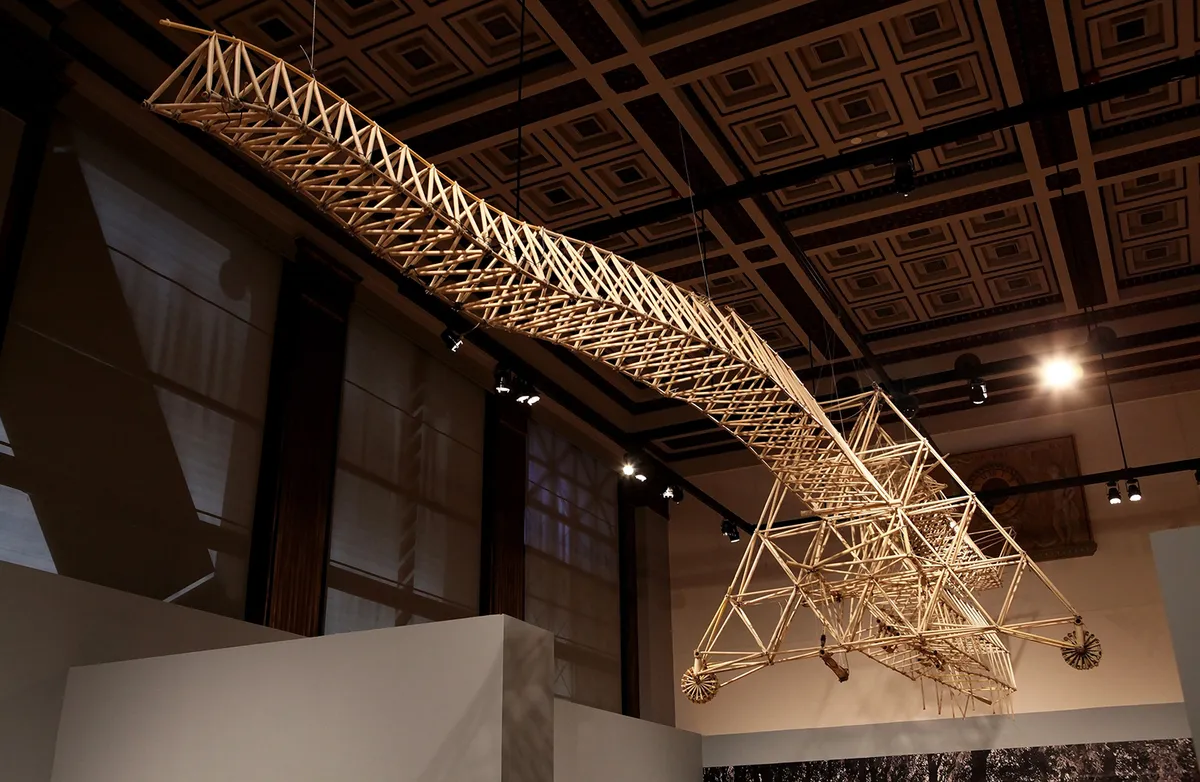
What missions are planning to study Venus?
Sauder’s team isn’t the only one working on ways to study Venus. All the major space agencies have plans to examine the planet in greater detail in the near future.
The Indian Space Research Organisation (ISRO) is developing the Shukrayaan-1 orbiter; in Russia, Roscosmos is coming up with concepts for Venera-D, an orbiter and lander pairing; and the European Space Agency (ESA) is in the process of planning the EnVision orbiter.
NASA has three Venus projects underway:
- VERITAS (Venus Emissivity, Radio Science, InSAR, Topography, and Spectroscopy), to shed light on the planet’s geological history
- DAVINCI (Deep Atmosphere Venus Investigation of Noble gases, Chemistry, and Imaging Plus), to understand how its atmosphere formed and determine if Venus ever had oceans
- LLISSE (Long-Lived In-Situ Solar System Explorer), to monitor its meteorology.
Sauder’s rover is unlikely to be part of any of these missions but, as things stand, all of them are set to launch within the next 12 years.
This flurry of Venus-related activity might be surprising but it’s not without precedent. Having made it into orbit with Sputnik in 1957 and then onto the Moon with LUNA 2 in 1959, Venus was the first planet we set out to reach.
Our first close encounter came in December 1962, with the flyby of NASA’s Mariner 2 probe.
The USSR's Venera 7 reached Venus in Dec 1970 but it wasn’t deemed to be a fully successful landing as the parachute failed during the lander’s descent and it rolled onto its side after hitting the surface.
The first successful landing followed 10 years after Mariner 2, when the Soviet Venera 8 touched down on 22 July 1972* (it managed to transmit data for just over 50 minutes before succumbing to the hellish conditions).
Over the next 13 years the Soviets and America launched 17 missions to Venus but after the landing of Vega 2 in June 1985, attentions turned to Mars.
The three and a half decades since then have seen just five missions to Venus: NASA’s Magellan in 1989; ESA’s Venus Express in 2005; and Japan’s Akatsuki, IKAROS and Shin’en in 2010.
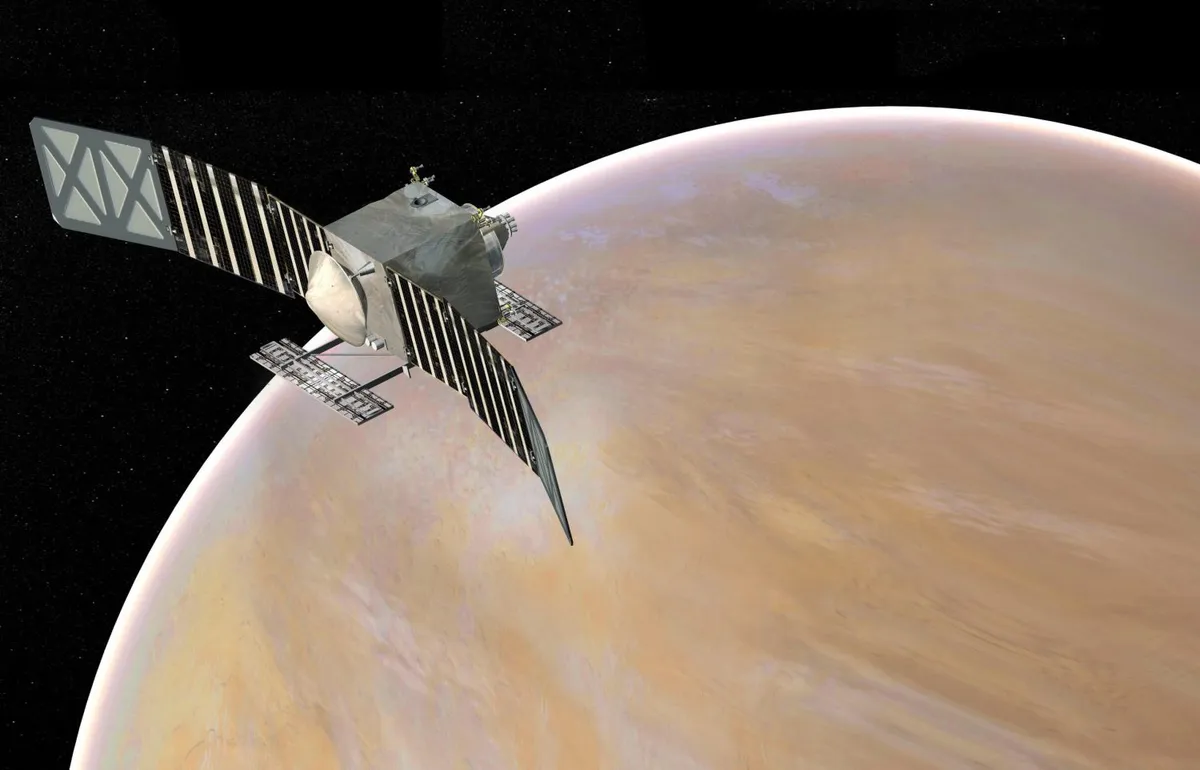
Why explore Venus?
What’s reignited our interest in the planet and spurred Sauder to build his rover?
It’s the simple fact that, underneath the searing temperature, crushing pressure and thick, corrosive clouds, Venus is actually a lot like Earth.
"Venus has always been looked at as Earth’s twin [whose] ‘life’ went terribly wrong," says Dr Dmitrij Titov, one of the ESA scientists working on the EnVision mission concept.
"Venus and Earth are neighbours in the Solar System, almost equal in size and mass. Both should have received similar amounts of rocks and volatiles from the solar nebula [during their] formation.
"But their evolutionary paths are apparently quite different. The question is why have they become such different worlds?"
Answering that question is why we’re going back because Venus might once have been even more like Earth than it is today.
It’s thought that for much of its early life Venus had liquid water and habitable temperatures on its surface (for more on this, read our guide What makes a planet habitable?) until a runaway greenhouse effect transformed it into the hellscape it is now.
Aside from increasing our understanding of planetary evolution, learning more about that transformation could provide insights into climate change on Earth (for more on this aspect of space exploration, read our guide How can astronomy help us protect Earth?)
But getting those insights requires detailed studies of Venus and while the orbiters and landers being developed by ISRO, Roscosmos, ESA and NASA will be useful, they can’t provide the complete picture.
Orbiters are stuck observing from a distance and landers are limited to their landing site. To get a detailed understanding of the surface and how it’s changed over time we need to get close to it and examine its variations.
In other words, we need to explore it, which is where Sauder’s rover comes in.
“The ability to move around could help us understand a lot more about what the geology is like on Venus and how it differs across regions,” says Sauder.
“That would be the ultimate goal of this rover: to land in an interesting spot where there are different geologic morphologies nearby and traverse those regions to help us understand the geologic history of Venus.”

How do you build a rover that can survive on Venus?
“The heat is by far the biggest challenge,” explains Sauder. “The average surface temperature is 462°C, that’s hot enough to melt lead – paper would spontaneous combust.”
Previous missions attempted to mitigate this through insulation. Since a craft’s electrical systems couldn’t be kept cool, they would be heavily insulated to slow the rate at which they heated up.
The best we could manage with the technology available 40 years ago was almost 2 hours on the surface of Venus.
But even with the improved technology at our disposal today, Sauder doubts a rover designed around a similar concept would last 24 hours, hence his intention to forego electronics in favour of mechanisms.
"We can design mechanical systems to accommodate thermal expansion. We do it all the time in our spacecraft. If we design according to that, we can make mechanisms that work great in high temperatures.
"We just need to make them out of 304 stainless steel, titanium alloy, inconel or invar, instead of the standard aluminium that we usually build them with. If we just make that material switch there’s no reason why mechanisms wouldn’t work great on Venus."
Research carried out using the Extreme Environment Rig at the NASA Glenn facility in Ohio has found that 304 stainless steel and titanium alloy tend to work well in the Venus environment.
Both are capable of maintaining their strength in the heat and resisting the corrosive effects of the sulphuric acid gas that floats near the surface.

But finding suitable materials is only one part of the equation. Perhaps the biggest challenge is powering the rover’s movement.
Since electric power sources are out of the question, Sauder and his team turned to the most abundant natural power source available on Venus: wind.
Early designs used a Savonious turbine, a device with scoop-like vanes turning on a vertical axis, installed within the rover’s open chassis.
Gusts would spin the turbine and wind a spring. At a certain point, the spring would release the tension that had built up and turn gears to drive the rover forward.
This iteration of the rover ran on tracks that surrounded either side and resembled a turret-less tank carrying a turbine. It was an elegant solution and meant the rover could keep going if it flipped over.
But, as Sauder points out, it had a flaw. "With the tank design, we protected the wind turbine inside the rover but it meant we got a very low amount of power production."
Changes were required to find a more effective method of power generation and the arrangement Sauder’s team have arrived at is more akin to a windmill on wheels than a tank with a turbine.
"The current architecture, with the [three-blade, horizontal-axis] turbine mounted on top of the wheeled chassis, is the best approach.
"[Having the turbine higher] enables us to reach the air that’s blustering through by the ground… It also means we can accommodate a larger turbine, which is needed from a power perspective."
Depending on the landing site, wind speed and how much data the rover is collecting, Sauder expects it to be capable of travelling around 300m over a period of 24 hours, in three 100m bursts.
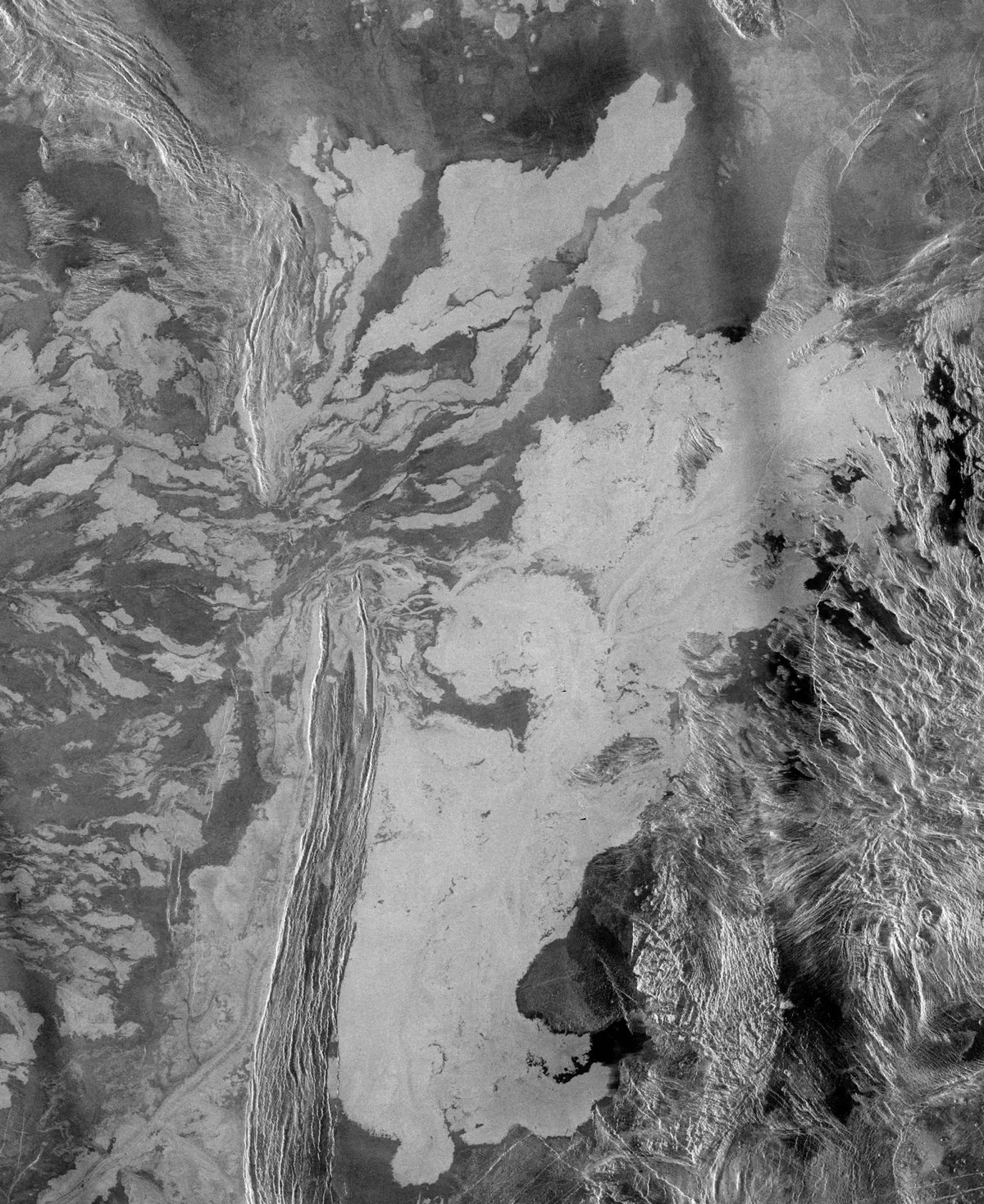
Roving across the surface of Venus
It’s not just the way the rover is driven that’s changed. The means by which it moves has also had multiple revisions. Wheels may seem like the logical choice but they were only decided upon after ruling out tracks and before that legs.
"We initially tried to implement Theo Jansen’s idea of Strandbeests," says Sauder. "The idea was maybe, if the rover had legs, it could climb over rocks and other obstacles. We started looking at that and we invited Theo out to a concept development session here at JPL.
"He was kind enough to fly out from the Netherlands to collaborate with us and one of the key pieces of feedback that he gave us was to move away from legs.

"They work great on beaches where you have a nice, soft sandy surface that’s fairly flat. But if you’re somewhere that’s rocky, they can trip up on each other – they’re not very adaptable to a varying surface. Theo actually suggested the idea of tank tracks."
The tracked rover concept had a lot of potential but eventually ran into a problem of its own: it got stuck on rocks that "hit it between the eyes". In other words, it was susceptible to obstacles that lay directly in its path, particularly if they sat between its tracks.
It needed a means of navigation. But although Sauder’s team realised that integrating a mechanism to detect and avoid obstacles would be easier if the rover ran on steerable wheels instead of tracks, they weren’t sure what sort of mechanism would work best. So they did something unexpected: they asked the public for help.
"We had some concepts for how we could ‘brute force’ a solution but we wanted to get some creative ideas and new inputs," says Sauder.
"Any organisation, even NASA, can get a little myopic and only see one or two ways of doing things, right?
"And for something like designing a rover for a new environment with a completely different approach, we really wanted to see what ideas are out there – ideas that we may not even be aware of that could potentially solve the problem in a way that’s much more elegant."

To that end NASA launched the Exploring Hell: Avoiding Obstacles on a Clockwork Rover challenge in February 2020, inviting people to 'develop a mechanical obstacle avoidance sensor that detects rocks, holes and slopes greater than 30°'.
Such a mechanism would not only help prevent the rover from getting stuck or tipping over but also win the person who came up with it a share of the $30,000 (almost £25,000) prize fund.
The Challenge closed to entries on 29 May and the winners were recently announced.

Getting Venus data back to Earth
Although devising a mechanical system for autonomous navigation is a devilish prospect, figuring out how a mechanical rover is going to study Venus and return data is truly puzzling. Particularly when it comes to the problem of transmitting data over vast distances.
Even if there’s an orbiting satellite to support the rover and relay its data to Earth, it’s difficult to see past some form of radio signal, which would naturally require electronics.
But there are alternatives.
One was inscribing data onto metal phonograph-style records. Each record would hold around one megabit of data and once it was full, the record would be launched from the rover aboard a hydrogen balloon.
The balloon would float up into Venus’s atmosphere and be collected by a high-altitude solar-powered drone.
There were a number of problems this concept, not least of which were the logistics of keeping a drone on a flightpath that would allow it to remain sufficiently powered and rendezvous with intermittently released balloons.
But more importantly, the system would be limited by the number of balloons and the amount of hydrogen the rover could carry.
Another option was to use retro reflectors – shaped targets on top of the rover that would bounce radar signals back to their point of origin, such as an orbiting satellite.
Incorporating shutter devices into the retro reflectors would allow the rover to modulate the signals, effectively enabling it to respond in a rudimentary Morse code.
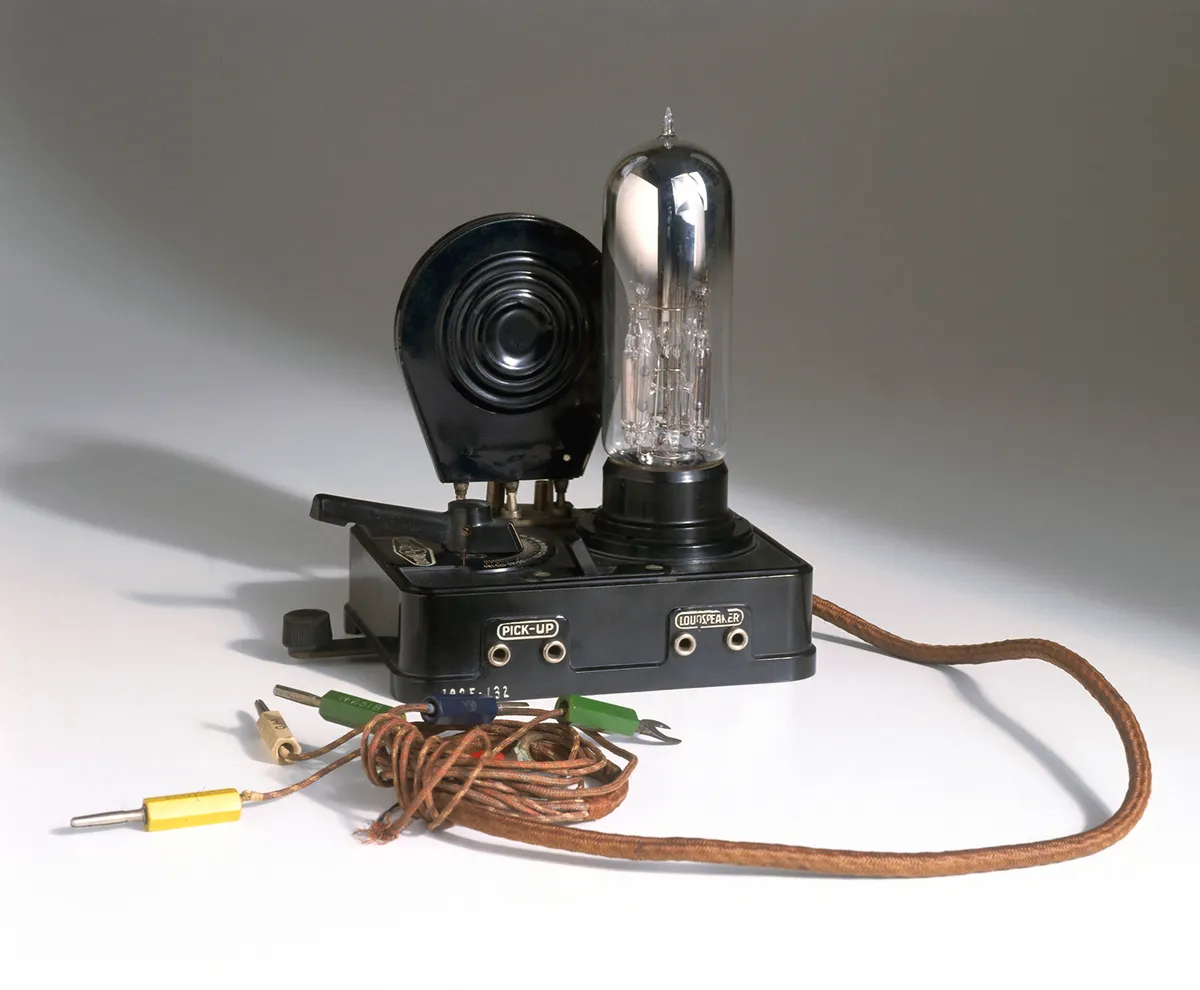
"[But] when we started to dig into that we found that the data rates were incredibly slow," says Sauder.
The conclusion the team reached was that, when it comes to transmitting useful amounts of data from another planet in a practical way, radio is hard to beat.
Fortunately, there are a number of ways to generate radio signals, some of which are potentially robust enough to work in the heat of Venus.
And the two methods that are most likely to work rely on technology that’s over a hundred years old.
Vacuum tube transceivers have been around since the early 1900s. They’re great for amplifying signals and operate well at high temperatures so Sauder’s team looked into their potential application on the rover.
What ultimately ruled them out though was the difficulty in maintaining a vacuum in the high-pressure atmosphere on Venus.
But that led to the team to look into a material that emerged at a similar time to vacuum tube transceivers: silicon carbide.
When it occurs naturally, silicon carbide is known as moissanite. It’s a mineral that’s very hard, has very high thermal conductivity and can withstand high voltages (it’s commonly used today in the lightning arresters you see on power lines).
Unfortunately, in its natural form it’s also very rare, found only in small quantities in some upper mantle rock and meteor craters.
It’s possible to synthesise moissanite however, and in its fabricated form (silicon carbide) it’s found uses in LEDs and radios since as far back as 1907.
More recently, thanks to its ability to function in temperatures up to 600°C, silicon carbide has found its way into the LLISSE lander NASA is planning on sending to Venus.
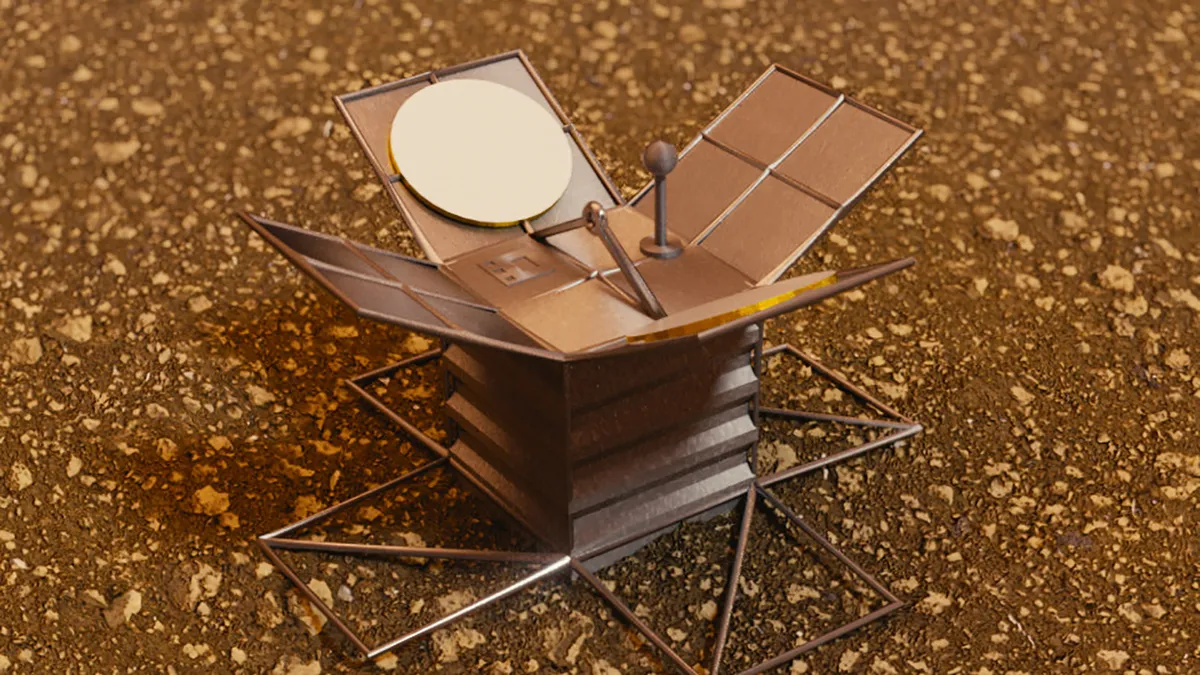
Something that Sauder was excited to discover while struggling to find a way to collect and transmit data mechanically.
Sauder learned that colleagues at NASA Glenn working on LLISSE had managed to make simple electronic circuits using silicon carbide; circuits that could form the basis of data collection and transmission equipment resilient enough to work on Venus.
"That’s when we thought we should start thinking about utilising the technology that NASA Glenn is developing," says Sauder.
"They’re very, very simple electronics – much simpler than what’s currently on the Mars rover. We still need the mechanical rover concept to take the wind energy and move it forward. But the instrument and science package [we’re building] is currently based on the concepts being developed for LLISSE."
With a system based on high-temperature silicon carbide electronics, the rover would be capable of returning several megabits of data each day.
When compared to the one megabit per day/per record-balloon pairing capabilities of the mechanical options, the choice was obvious.
Incorporating electronics, albeit very simple ones, into what had originally been envisioned as a mechanical rover is perhaps the most significant change the project has undergone.
So significant, in fact, that it’s led to project being renamed: it had begun life as the Automaton Rover for Extreme Environments, or AREE.
But once the prospect of including an electronics package became feasible, it was rechristened to become HAR-V, the Hybrid Autonomous Rover – Venus.

The Hybrid Autonomous Rover – Venus mission
What data HAR-V returns will be determined by what it studies. Even with a 'very simple' electronics package its scope is quite impressive and given the amount of time HAR-V could potentially survive on Venus, should make for some rich datasets.
"Currently we’re looking at sensors that would be able to detect the chemical composition [of the surface] and sensors for wind speed, temperature and pressure," says Sauder.
"There are also some concepts for high-temperature cameras under development. No one’s developed one that works yet but there are some active projects at JPL and NASA Glenn looking at how you could build preliminary components that could eventually enable a rudimentary camera.
"And with the rover, a camera would be incredibly valuable to start giving us new perspectives on Venus from various angles."
The few pictures we have of the surface of Venus come from the Venera 9 and 13 landers, captured shortly after they touched down in 1975 and 1981, respectively.
The prospect of getting more is an exciting one and is all the more intriguing given it could be accomplished using technology with roots that stretch back far further than those two landings.
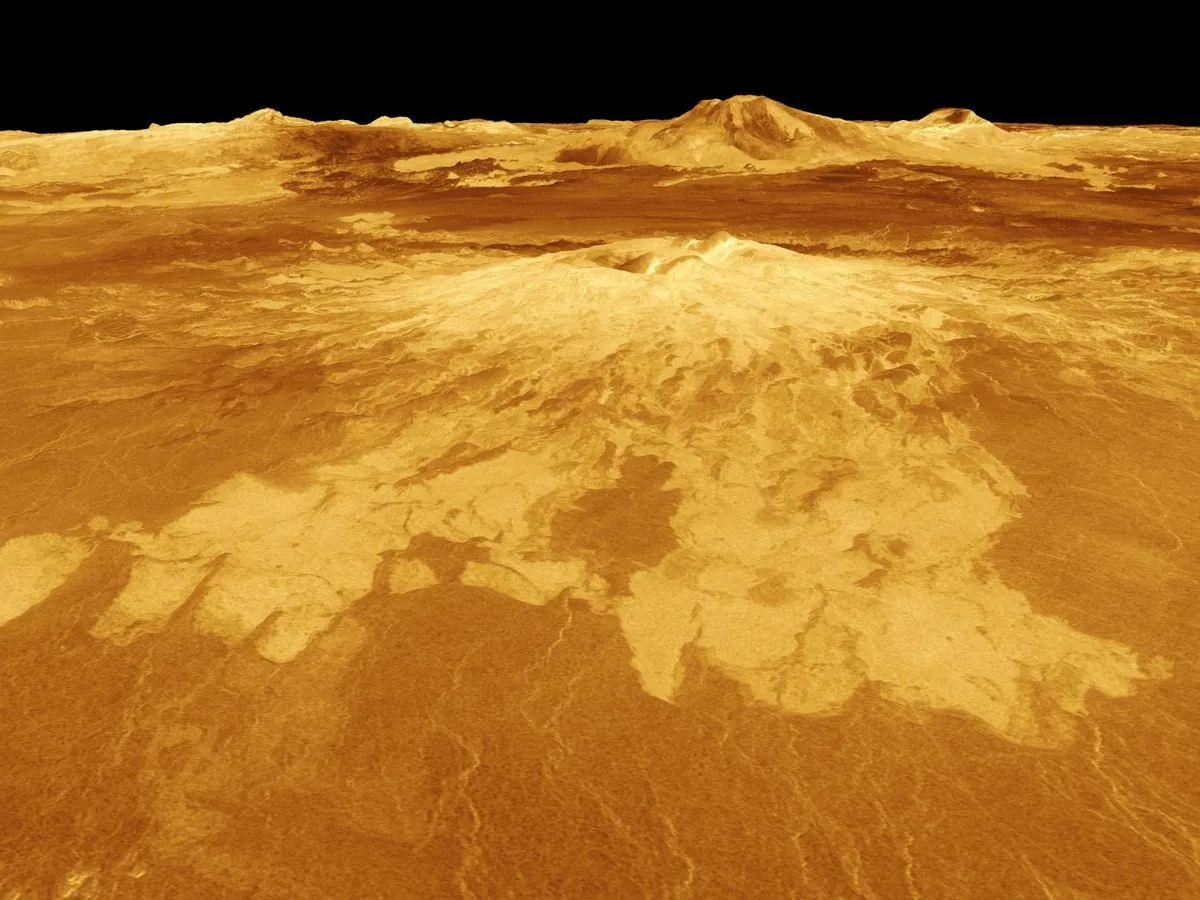
The prospect of new information and images from Venus is a tantalising one and, with so many projects geared towards the planet under development, perhaps we can begin to look forward to getting them.
It’s going to be a while longer before we see any data gathered by a clockwork rover, though. As things stand, HAR-V is purely a 'mission concept' and is unlikely to lift off before the next wave of landers and orbiters have begun their studies of Venus.
"Rovers have not been considered for Venus missions anywhere in the near future," explains Sauder.
"What we’re trying to do is show that we have a technology approach that would allow us to have a rover ready to go in the next decade so that people can start thinking realistically about rovers on Venus.
"You still want landers ahead of that rover to scout out the interesting areas and help us determine the landing sites of highest interest, and there’s a need for orbiters as well to get updated images of the planet.
"All of those would be precursors to an eventual rover mission. But the real thrust of this project is to make sure that we’re developing the technology so that we can be ready with a rover when it’s needed by a future Venus mission."
Rob Banino is a science writer and journalist.
